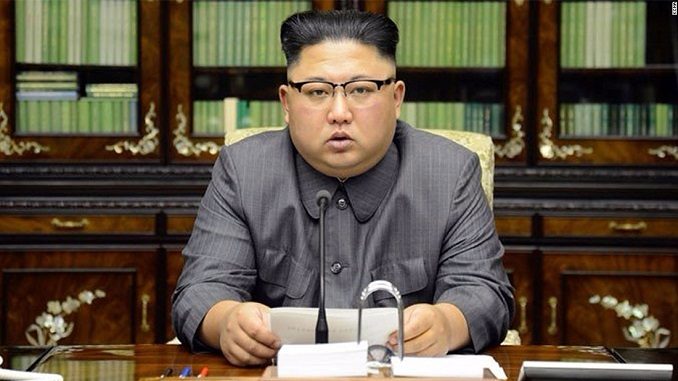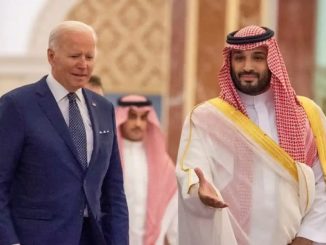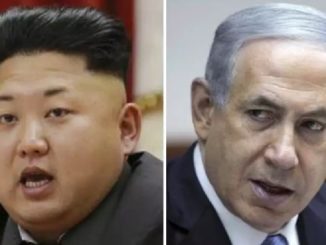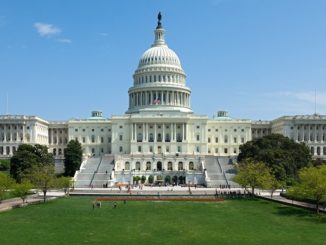
Blowing up a building meant to symbolize friendship may have been North Korea’s forceful way of demanding help for an economy straining under international sanctions and borders shut by the coronavirus, Bloomberg writes.
The destruction of the $15 million facility paid for by South Korea in the North Korean border city of Kaesong was one of the biggest provocations Kim Jong Un’s regime has made against its neighbor in years.
South Korean President Moon Jae-in’s government has warned Kim against reckless provocations, but the destroying of the building so far hasn’t derailed plans in parliament to revive inter-Korean cooperation or attempts to persuade the Trump administration to loosen its stance on Pyongyang.
Moon sent his nuclear envoy to Washington after the building came crashing down to speak with U.S. officials about ways to deal with the current situation on the Korean Peninsula, the Foreign Ministry said last week. Lee Do-hoon returned home over the weekend but shared few details about the discussions with reporters at the airport, Yonhap News agency reported.
The U.S. and U.N. sanctions are aimed at getting North Korea to give up its nuclear weapons program.
North Korea’s biggest newspaper, the Rodong Sinmun, on Monday denounced U.S. interference in inter-Korean relations and told South Korean authorities that improved ties will come by “joining hands with the fellow countrymen, not with foreign forces.”
Any loosening of the restrictions on trade and transactions would bode well for North Korea because its economy now risks shrinking 6% this year, according to Fitch Solutions. That would be its worst contraction since 1997, when the country was stricken by famine.
The heightened economic malaise compounds troubles faced by Kim after his nearly three-week absence from public events in April led to speculation about his health and questions about his grip on power.
Trade with China, North Korea’s biggest economic partner, had already slowed to a trickle under the sanctions as President Xi Jinping also sought to rein in Kim’s nuclear ambitions.
But the flow of goods hit a wall after Pyongyang sealed the country’s borders earlier this year to halt Covid-19. In both March and April, North Korea’s exports to China fell more than 90% from a year ago, China’s Customs General Administration reported.
“The larger economic context certainly shows Pyongyang getting backed into a corner,” said Kyle Ferrier, director of academic affairs at the Korea Economic Institute of America. “Sanctions were clearly impacting the North Korean economy prior to COVID-19, but the closure of the border with China to curb the spread of the coronavirus has done much more to stymie the North Korean economy.”
While the contraction may not seem large in a world where the virus has sent economies plummeting, North Korea is one of the planet’s poorest countries and can ill afford a turn for the worse.
Money from South Korea would help. Due to the sanctions, trade between the neighbors has slowed to just $3.5 million through May of this year from $2.7 billion in 2015.
Humanitarian assistance has also dried up under Trump’s maximum pressure sanctions campaign. South Korea has sent about $3 billion of aid since 1995, but only a total of $30 million came between 2017 and 2019, Bloomberg adds.




Be the first to comment